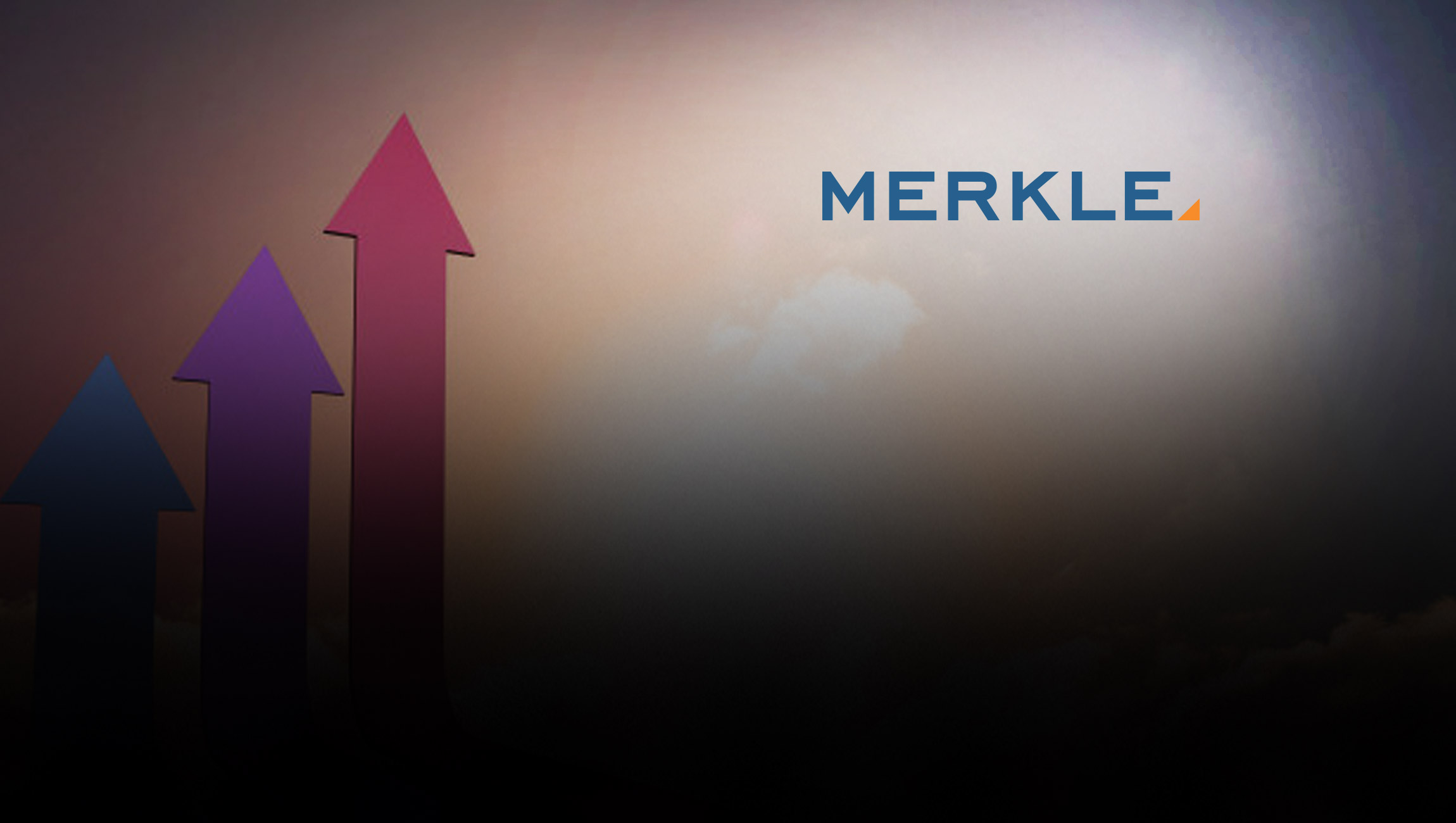Merkle’s Q3 2020 Digital Marketing Report Shows Strong Growth in E-commerce and Retail, While Sectors like Travel and Financial Services Remain Down Y/Y

Merkle (www.merkleinc.com), a leading technology-enabled, data-driven customer experience management (CXM) company, released its Q3 2020 Digital Marketing Report (DMR), a quarterly research report that analyzes and highlights trends within paid and organic search, paid social, and display ad spend. The report provides insights into digital marketing trends in Q3 2020 that were inextricably linked to the course of the ongoing COVID-19 pandemic and the response to it across Google, Amazon, Facebook, Instagram, and more.
Read More: Asponte Technology Hires New Chief Commercial Officer
“Across channels, most of the numbers continue to show industries are still adjusting to the impacts of the pandemic, navigating changing consumer and B2B behavior trends.”
Overall spending in retail and ecommerce categories led platform growth in Q3 year-over-year (Y/Y), despite sustained lower ad spend levels in sectors like travel, which recorded 40% declines Y/Y. Financial services and insurance brands saw weaker organic search growth between Q2 and Q3, but financial services saw a much larger deceleration with visits up just 10% Y/Y in Q3, compared to 36% in Q2.
Google search ad spending rose 11% Y/Y in Q3, up from 9% in Q2. Google organic search visits to brand sites increased 28% Y/Y in Q3 2020, down somewhat from Q2 growth, but still well above the pre-pandemic historical trend. With consumers shifting some of their activities back offline, Google click growth slowed from 39% Y/Y in Q2 to 24% in Q3.
Spending on Google Shopping ads grew 12% Y/Y in Q3 2020, up from 7% in Q2. Google text ad spending was up 9% in Q3, compared to 10% a quarter earlier. Since July, Local Inventory Ad (LIA) share of total Google Shopping ad clicks has been relatively steady at less than half of its pre-pandemic level. In early Q1 2020, LIAs generated 25% of Shopping clicks, compared to just 10% in Q3.
Read More: Twenty5 Announces Solution For Cloud-Based Solutions From SAP For The Professional Services Industry
Amazon again outpaced other major platforms in advertiser spending growth, even with Prime Day pushed back to Q4. Amazon had struggled with fulfillment challenges into April, but Amazon ad click volume began to rise significantly over late Q2 and into early Q3. Amazon Sponsored Product ad spend growth accelerated from 22% Y/Y in Q2 to 50% in Q3.
Amazon Sponsored Brands ad spending was up 74% Y/Y in Q3 2020, up from 58% growth in Q2. Click growth was weaker than in Q2, but average CPC for the format increased 16% Y/Y in Q3 after falling 19% in Q2. Amazon Sponsored Product ads continued to generate a higher average sales per click than other Amazon ad formats in Q3 2020, but the gap between Sponsored Products and Sponsored Brands ads has nearly closed.
Social
Spending on Facebook ads rebounded in Q3, coming in 12% higher Y/Y, excluding Instagram. Any impacts from US election spending on Q3 CPMs appeared to be small as Facebook CPMs fell 10% Y/Y, just a moderate improvement from the pandemic-driven decline of 17% in Q2. Other digital channels with less competition from election ads saw similar improvements in pricing trends between Q2 and Q3.
Instagram saw a smaller decline in spending growth than most other digital ad platforms in Q2, and with some acceleration in Q3, it is nearly back to its Q1 spending growth rate. The trajectory for Instagram Stories ads remained strong in Q3 as the format generated 29% of total Instagram ad spend, among participating brands, and 35% of impressions.
Across all platforms, paid social ad investment was up 19% Y/Y in Q3 2020, an increase from 11% growth in Q2 2020. Spending on more traditional display ad platforms fell 3% Y/Y in Q3, an improvement from an 11% decline in Q2. Pinterest and Snapchat received 17% of total social budgets each among their advertisers in Q3 2020.
“The third quarter saw an overall strong sustained rebound, especially with retail and e-commerce, which are lifting platform growth despite continued low levels in categories like travel and financial services,” said Mark Ballard, VP, research at Merkle. “Across channels, most of the numbers continue to show industries are still adjusting to the impacts of the pandemic, navigating changing consumer and B2B behavior trends.”
Original Source
